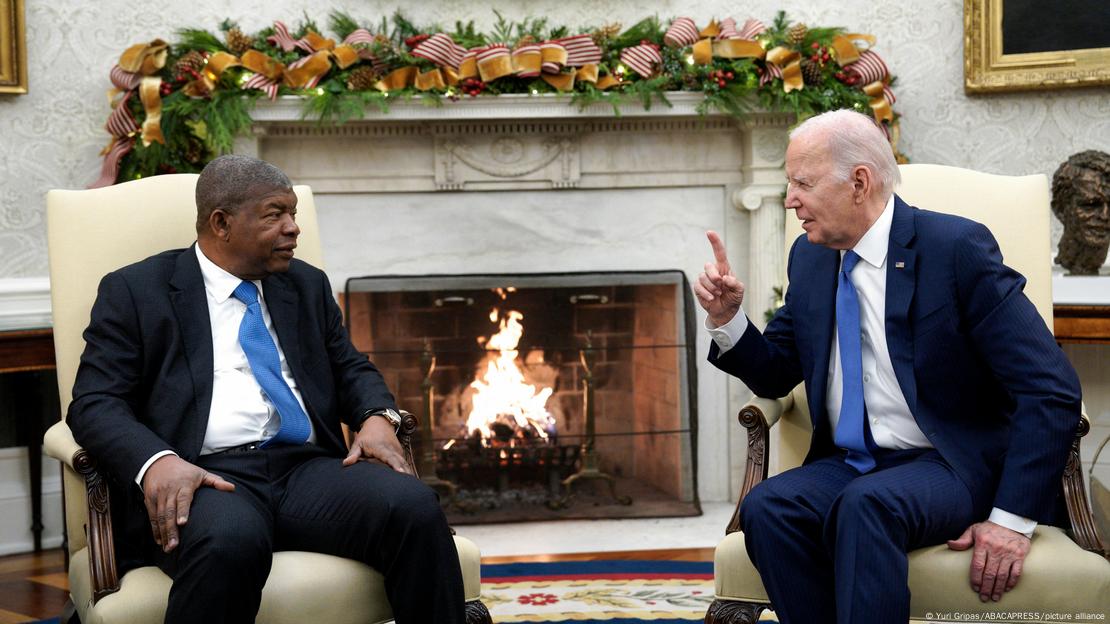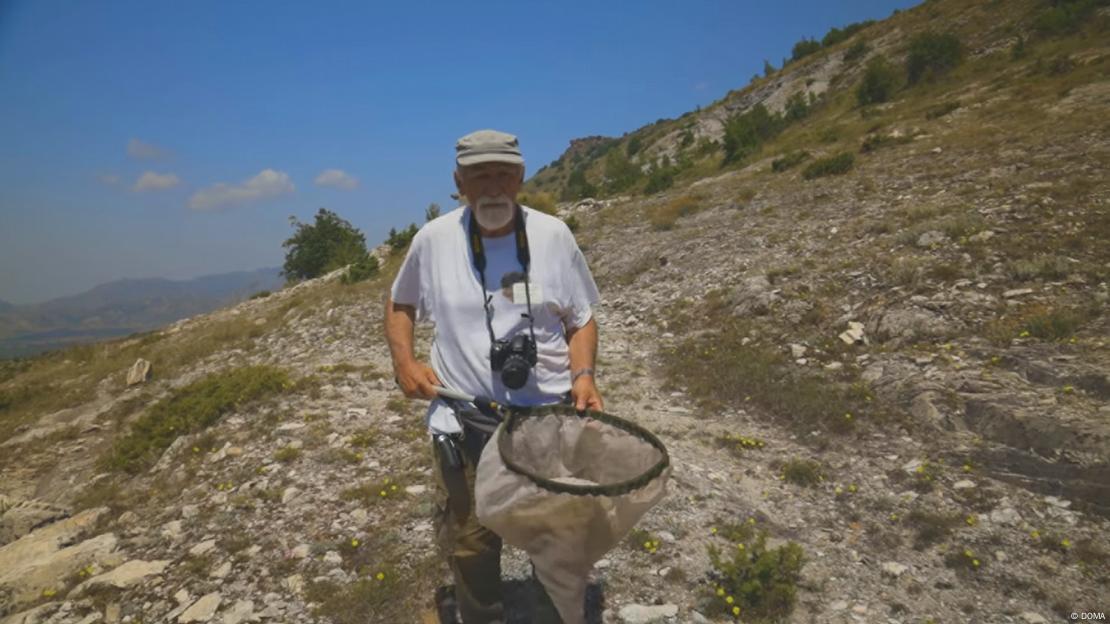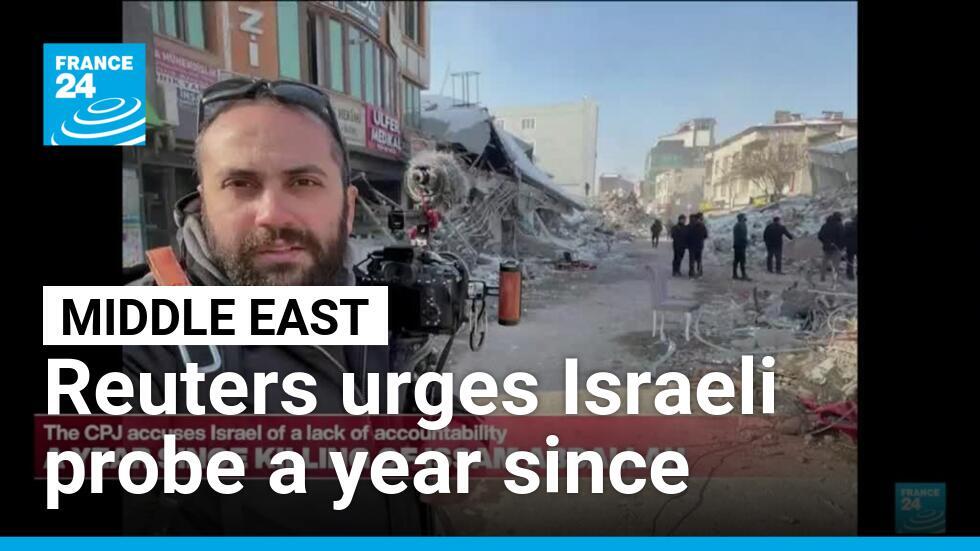DW
October 11, 2024
Rich oil and gas reserves, along with a strategic position for natural resource extraction from Africa's interior, make Angola a focal point for both China and the US.
US President Joe Biden was scheduled to visit Angola this week, but the trip was postponed at the last minute due to the looming threat from Hurricane Milton in Florida.
While a new date for Biden's visit remains uncertain, his tentatively planned trip to the oil-rich country — which would be his first visit to Africa as US president — underscores the growing importance of Angola for the United States.
"From a more historical perspective, the US has always been present in Angola, even though it seems as if it has been indirectly within the oil sector," said Edmilson Angelo, a researcher and specialist in African studies focusing on Angola.

Lobito Corridor vs. China's Belt and Road Initiative
The Lobito Corridor links the port of Lobito in Angola to landlocked mineral-rich countries like Zambia and the Democratic Republic of the Congo, which have major deposits of cobalt and copper — essential for producing electronic devices, smartphones and laptops.
Beijing has massively invested in mining activities in both Zambia and Congo.
Simultaneously, Angola is key to China's ambitious Belt and Road Initiative (BRI) — often dubbed the New Silk Road — a massive infrastructure plan that aims to smooth trade links with dozens of countries and strengthen China's economic influence.
"The Americans don't want to give up the region's valuable to the Chinese. But the question is if they can even match the Chinese, who have invested in the region for decades and have a massive advantage," Claudio Silva, a political analyst on Angola, told DW.
Edmilson Angelo also believes investment in the Lobito Corridor will bring tangible benefits to Angolans.
"It's not just investment for infrastructure, it's also coming with investment for social assistance and the environment," he said.
Already, there are two significant solar power plants in Angola's Benguela province designed to produce renewable energy.
Crude oil in exchange for infrastructure development
China's significant investments in Angola, particularly in its oil industry, emphasize the importance of Angola in the BRI project. Angola is one of China's top crude oil suppliers.
In exchange for oil, China has provided Angola with substantial loans for infrastructure development that have helped speed up the country's economic recovery following three decades of civil war that ended in 2002.
Beijing's loans to African nations last year were their highest in five years, according to the Chinese Loans to Africa Database, which is managed by the Boston University Global Development Policy Center. Top borrowers were Angola, Ethiopia, Egypt, Nigeria and Kenya.
Earlier this year, Chinese President Xi Jinping hailed Beijing's ties with the African continent, saying they were at their "best period in history." He made the comments at the Forum on China-Africa Cooperation — the biggest summit Beijing has hosted in years.
Xi pledged over $50 billion (€45.12 billion) in financing for Africa over the next three years and promised to help create 1 million jobs on the African continent.
China is reportedly aiming to establish a naval base in Angola, which would be China's second military installation in Africa after Djibouti, on the Gulf of Aden in eastern Africa.
Such a critical military asset on the Atlantic coast would significantly increase Beijing's capability to project force and defend its trade routes.
Eddy Micah Jr. contributed to this article
Edited by: Keith Walker
Rich oil and gas reserves, along with a strategic position for natural resource extraction from Africa's interior, make Angola a focal point for both China and the US.
US President Joe Biden was scheduled to visit Angola this week, but the trip was postponed at the last minute due to the looming threat from Hurricane Milton in Florida.
While a new date for Biden's visit remains uncertain, his tentatively planned trip to the oil-rich country — which would be his first visit to Africa as US president — underscores the growing importance of Angola for the United States.
"From a more historical perspective, the US has always been present in Angola, even though it seems as if it has been indirectly within the oil sector," said Edmilson Angelo, a researcher and specialist in African studies focusing on Angola.

Biden (right), seen here meeting with Angolan leader Joao Lourenco in 2023, postponed his trip to Germany and Angola to oversee storm preparation and responseImage: Yuri Gripas/ABACAPRESS/picture alliance
Angelo told DW that Angola's leadership has been trying to establish closer ties with Washington.
"President [Joao] Lourenco was received by President Biden at the White House in November 2023," said Angelo. "It's just a continuation of something that has already been established between Angola and the US.
Is US seeking to limit China's influence in Angola?
Some observers view the warming of US-Angola relations as a larger plan by Washington to counter China's influence in Africa.
As part of the G7, the US wants to boost infrastructure investments in Africa through programs like the Partnership for Global Infrastructure and Investment (PGI), which officially unveiled its first strategic economic project in Africa, known as the Lobito Corridor, earlier this year.
"Angola has been trying to redefine its global image from one of corruption, and is trying to attract foreign investment," said Angelo, adding that in terms of foreign policy, the US and Angola see each other as strategic partners.
\
Angelo told DW that Angola's leadership has been trying to establish closer ties with Washington.
"President [Joao] Lourenco was received by President Biden at the White House in November 2023," said Angelo. "It's just a continuation of something that has already been established between Angola and the US.
Is US seeking to limit China's influence in Angola?
Some observers view the warming of US-Angola relations as a larger plan by Washington to counter China's influence in Africa.
As part of the G7, the US wants to boost infrastructure investments in Africa through programs like the Partnership for Global Infrastructure and Investment (PGI), which officially unveiled its first strategic economic project in Africa, known as the Lobito Corridor, earlier this year.
"Angola has been trying to redefine its global image from one of corruption, and is trying to attract foreign investment," said Angelo, adding that in terms of foreign policy, the US and Angola see each other as strategic partners.
\

Earlier this year, President Xi Jingping (right) welcomed Angola's Lourenco to ChinaImage: Li Xueren/Xinhua/Imago
Lobito Corridor vs. China's Belt and Road Initiative
The Lobito Corridor links the port of Lobito in Angola to landlocked mineral-rich countries like Zambia and the Democratic Republic of the Congo, which have major deposits of cobalt and copper — essential for producing electronic devices, smartphones and laptops.
Beijing has massively invested in mining activities in both Zambia and Congo.
Simultaneously, Angola is key to China's ambitious Belt and Road Initiative (BRI) — often dubbed the New Silk Road — a massive infrastructure plan that aims to smooth trade links with dozens of countries and strengthen China's economic influence.
"The Americans don't want to give up the region's valuable to the Chinese. But the question is if they can even match the Chinese, who have invested in the region for decades and have a massive advantage," Claudio Silva, a political analyst on Angola, told DW.
Edmilson Angelo also believes investment in the Lobito Corridor will bring tangible benefits to Angolans.
"It's not just investment for infrastructure, it's also coming with investment for social assistance and the environment," he said.
Already, there are two significant solar power plants in Angola's Benguela province designed to produce renewable energy.
Crude oil in exchange for infrastructure development
China's significant investments in Angola, particularly in its oil industry, emphasize the importance of Angola in the BRI project. Angola is one of China's top crude oil suppliers.
In exchange for oil, China has provided Angola with substantial loans for infrastructure development that have helped speed up the country's economic recovery following three decades of civil war that ended in 2002.
Beijing's loans to African nations last year were their highest in five years, according to the Chinese Loans to Africa Database, which is managed by the Boston University Global Development Policy Center. Top borrowers were Angola, Ethiopia, Egypt, Nigeria and Kenya.
Earlier this year, Chinese President Xi Jinping hailed Beijing's ties with the African continent, saying they were at their "best period in history." He made the comments at the Forum on China-Africa Cooperation — the biggest summit Beijing has hosted in years.
Xi pledged over $50 billion (€45.12 billion) in financing for Africa over the next three years and promised to help create 1 million jobs on the African continent.
China is reportedly aiming to establish a naval base in Angola, which would be China's second military installation in Africa after Djibouti, on the Gulf of Aden in eastern Africa.
Such a critical military asset on the Atlantic coast would significantly increase Beijing's capability to project force and defend its trade routes.
Eddy Micah Jr. contributed to this article
Edited by: Keith Walker













